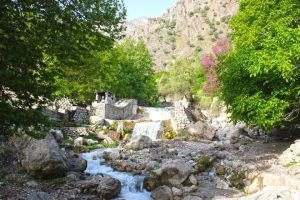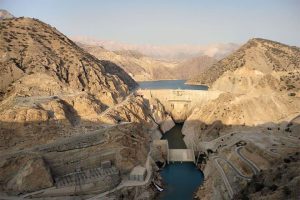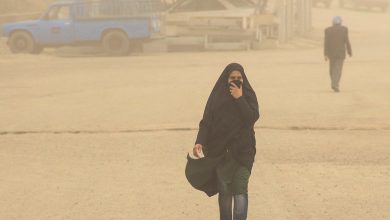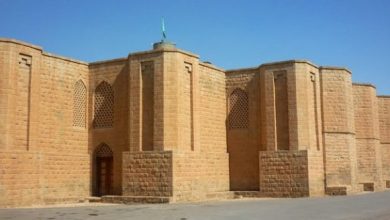
Despite its riches, Izadj, an Ahwazi city, falls victim to the Persian occupation’s marginalization.
Situated in the occupied Arab state of Ahwaz, the city of “Izadj” suffers from the Persian occupation’s neglect and oppression towards its citizens, depriving them of essential services, amidst a notable rise in unemployment rates within the city.
Unemployment, poverty, and inadequate infrastructure in healthcare, water, roads, as well as issues of suicide and livelihood support, are the most palpable circumstances endured by Izadj’s inhabitants over these years.
Elevated unemployment and emigration rates:
Izadj contends with elevated unemployment rates, surpassing, according to estimates from the occupation authorities, more than 45% among the city’s workforce.
According to the comprehensive census of population and housing in 2015, the populace of Izadj, spanning 4035 square kilometers, reaches around 199,000 individuals. Izadj is nestled amidst mountains, boasting a temperate climate and lush surroundings, with numerous tributary rivers coursing through the city.

Diverse Resources :
Despite its potential in tourism, agriculture, and animal husbandry, a key demand from the city’s residents revolves around securing water rights, earmarked for agriculture and the rehabilitation of the wetlands of Bandane and Mianjaran.

Water scarcity:
Given the unique importance of the wetlands to this city and the mounting unemployment, this region metamorphoses into a hub for birdwatching and tourism, paving the way for numerous youth and families to generate income. The introduction of water to the plains of Izadj would inherently establish the groundwork for development, foster prosperity, and engender a sustainable economy in this underprivileged city, irrespective of simplifying the final stages to resolve the issue and the possibility of cultivating exceptional conditions. The global registration of this city with UNESCO could be envisaged.
The construction of the Karun Si Dam near Izge led to the destruction of the agricultural lands of the villagers in the area, and migration to the city increased, putting pressure on the dilapidated infrastructure of electricity, drinking water and sanitation.
Karoon Dam disaster
The construction of the Karun Dam was reflected on the lives of the villagers in Ezh, leading to the destruction of 63 villages, an increase in migration, suicide, and marginalization among the people of the city’s villages.

The destruction of villages and the emigration of their people led to an increase in unemployment in the city of Izh, and the growth of slums as a result of the migration of villagers. The people of Izh make up about half of the workers in the project in Asalouya and Ma’shour, and they play a prominent role in the strikes, and for this they are always under surveillance.
Workers’ strikes
In recent months, strikes of oil and gas project workers increased, when general associations of temporary oil and gas workers were formed in different cities, and Izh was one of the cities that formed the largest public gathering of temporary workers.
Last October, the Organizing Council of Temporary Oil and Gas Workers went on strike in solidarity with the uprising of women, life and freedom, and that is why the sons of Ezh are always under surveillance by the Persian occupation authorities.
The occupation authorities worked to militarize the city of Ithij to confront the protests and anger of the people of the city against the occupation authorities.
According to the report of the Protest Organizing Council, at least 250 oil and gas workers have been arrested.
The identity of many of the arrested workers has not been revealed and there is no information about their fate.




